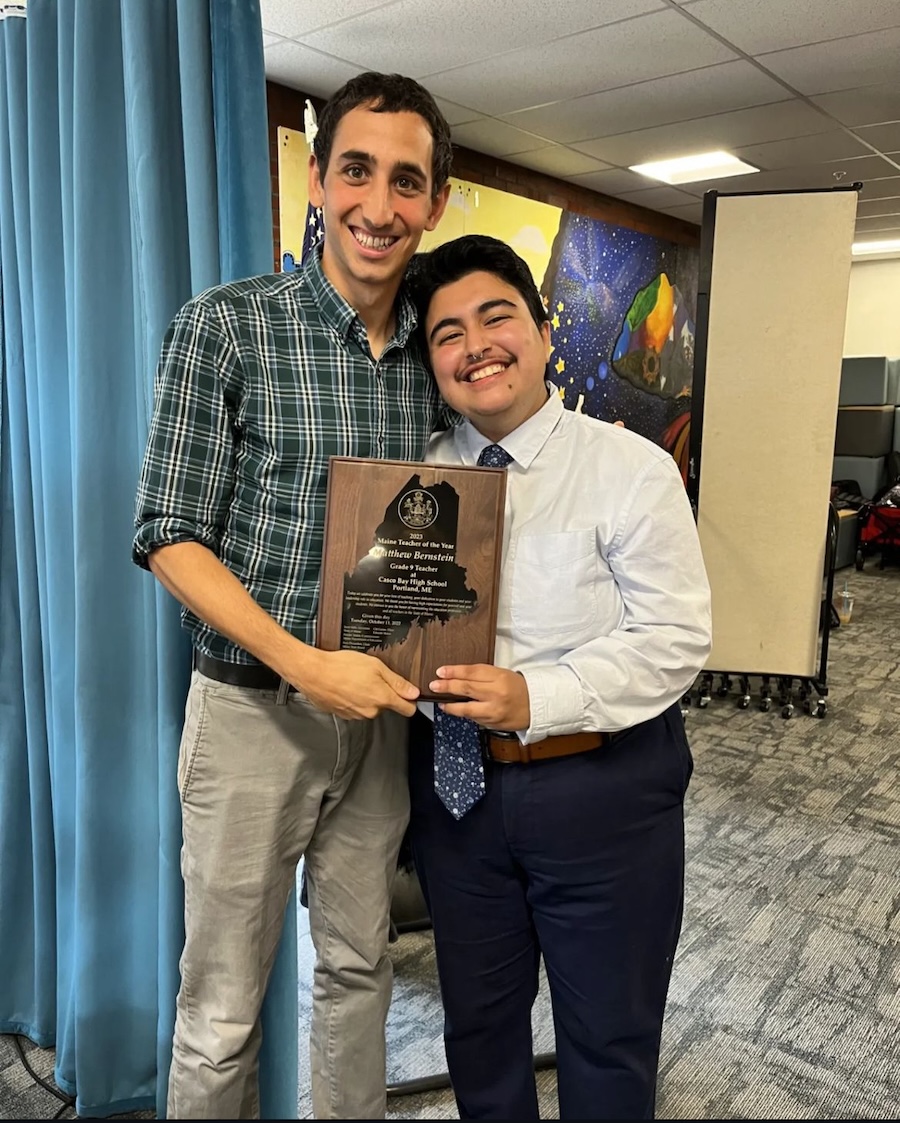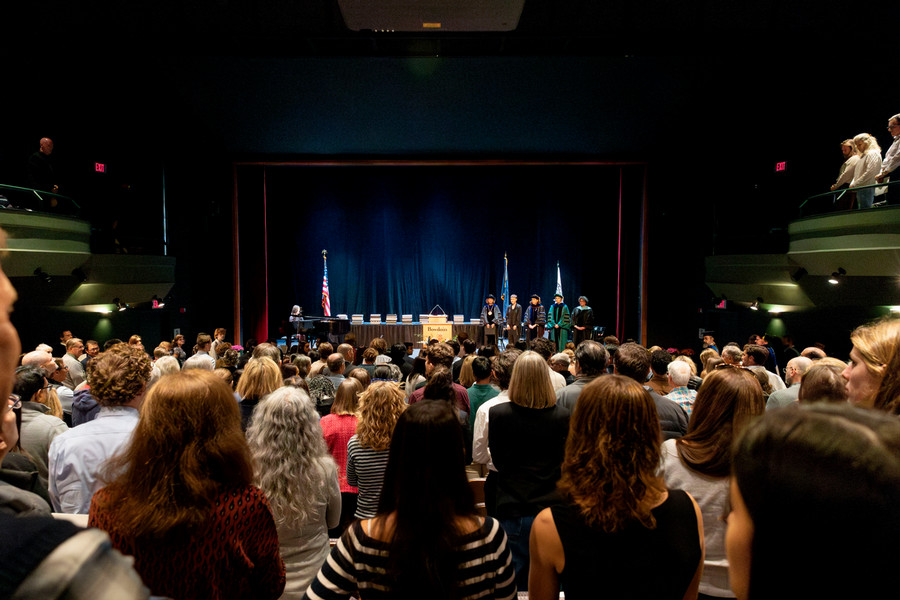GaoKao: Not Just a Test
By Anna Martens '20
Hunter White’s independent study this semester with Professor of Education Alison Miller focuses on China’s college admissions testing system. Initially, White planned to look at high stakes testing models in several countries that tend to score particularly highly on international standardized science tests, including China, South Korea, Finland and Singapore. But, as it turns out, China’s GaoKao test is such a distinct and intriguing component that it deserves an entire independent study to itself.
Some sort of standardized test has been in place in China for almost 2,000 years. The most recent version is the GaoKao: a nation-wide academic examination that results in a single score—in most provinces, calculated by combining multiple sections into a number out of 750. This number has a huge impact on students’ lives, most notably, on their college admissions. For the vast majority of universities in China, “the only thing that counts for acceptance is a test number. If you get [a high enough] number to pass the cut-off you get in, if you don’t you don’t,” White remarks. This may seem simplistic to Americans, who are used to pages-long applications full of essays and extracurricular achievements, but in China, “there is lots of cultural buy in for this test. People historically see it as meritocratic.” And, in some ways, it is: the Han ethnic group constitutes “91% of China’s population, meaning 55 other ethnic minorities are only 9% of the population.” Minority students have certain numbers of points—determined by their ethnicity—added onto their scores automatically. This serves as a “built-in affirmative action model,” White points out, one that is arguably more objective than the US’ unclear, controversial method.
However, predictably, this universal test does not level every playing field. According to White’s research, “the disadvantages in the system come down to urban versus rural. Rural students get left behind.” Elite schools, both in the primary and university levels, are densely concentrated in urban areas, and they attract the best teachers and most resources. This effect is much more polarizing than in the US: urban schools (particularly in Beijing and Shanghai) have average per-student expenditures “seven or eight times higher” than those in some rural areas. Rural students not only have poorer primary schools, but they have fewer options for college as well. Top universities have regional quotas—set numbers of students they will accept from each province—and they prioritize the provinces where they are located, in other words, the urban centers. Consequently, only the very top scorers in rural areas have a shot at top tier universities.
Rural efforts to catch up to urban performance is where American teenagers’ jaws would drop. Some students take a year off school to study and re-take the test. Others enroll in “test-prep factories: high schools that only teach to the test,” explains White. The most extreme example, White found, is a school with “thirty thousand students. The school day starts at 6:30 in the morning and goes until 9:30 at night, not including an hour or two of homework. Most students board at these schools. Preparation lasts all three years of high school, taking practice tests every week, and comparing scores when they’re posted publicly, for everyone to see.” The culmination of such commitment and stress is a two-day test that can last up to eighteen hours.
The tragic part is that this intense lifestyle is not necessarily producing tangible benefits: “out of 10,000 students who took the test from that top high school last year, only one got into Tsinghua University, one of China’s top two universities. Not one was accepted into Peking University, the other top school.” Interestingly, even teens in the midst of all this tend to regard the exam as a meritocratic process. After all his research, Hunter White has trouble seeing it that way. But, he does recognize that in China, “it is not just a test. It is a major part of life for lots of people.” White will present his findings in May in the form of a 30-page paper. He is also excited to be continuing the learning journey this summer, working for a program which promotes the liberal arts focus in China.



